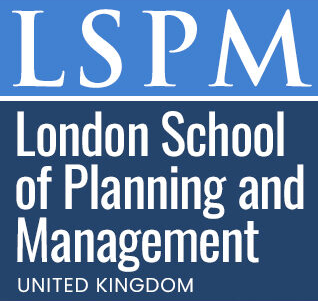Professional Certificate in Green Textile Chemistry
Published on June 19, 2025
About this Podcast
HOST: Welcome to our podcast, today I'm thrilled to have an expert with us who's here to discuss the Professional Certificate in Green Textile Chemistry. Could you please introduce yourself? GUEST: Hello, I'm Dr. Jane Smith, a textile chemist with over 15 years of experience in sustainable textile production. HOST: That's impressive! So, tell us, what inspired you to pursue this field and create this course? GUEST: I've always been passionate about chemistry and sustainability. When I saw the negative impact of traditional textile processes on the environment, I knew there had to be a better way. This course is designed to equip professionals with the skills they need to make a real difference. HOST: Absolutely, the course seems to cover a wide range of topics from eco-friendly dyeing techniques to lifecycle assessment. How do these skills apply to real-world textile manufacturing? GUEST: Great question. These skills are crucial for textile engineers, chemists, and sustainability professionals who want to reduce the environmental footprint of textile production. By understanding sustainable material selection, green chemistry principles, and environmental regulations, they can lead the industry towards a greener future. HOST: Speaking of the future, where do you see the textile industry heading in terms of sustainability? GUEST: I believe we'll continue to see a shift towards eco-friendly practices and materials. As consumers become more conscious of their environmental impact, companies will need to adapt and adopt sustainable solutions. This course will help professionals stay ahead of the curve and become leaders in this growing field. HOST: That's exciting! Now, what challenges might students face when learning about green textile chemistry, and how does this course address them? GUEST: One challenge is the rapidly evolving nature of sustainable textile technologies. We've designed the course to stay up-to-date with industry trends and provide students with practical, hands-on knowledge they can apply immediately. HOST: Well, Dr. Smith, thank you for sharing your insights and passion for green textile chemistry. It's been a pleasure talking to you, and I'm sure our audience has learned a lot! GUEST: Thank you for having me! I hope our conversation has inspired listeners to consider the possibilities of sustainable textile manufacturing and the positive impact they can make on our planet.
